Our True Life is not in ‘Big Events’ but in “Little Moments”..!!
One day Someone is going to hold you So Tight..,
that all your Broken pieces will Stick back together..!!!
that all your Broken pieces will Stick back together..!!!
Good Afternoon!
Lets Celebrate Ganesh Chaturthi
Ganesh Chaturthi
From Wikipedia, the free encyclopedia
| Ganesh Chaturthi | |
|---|---|
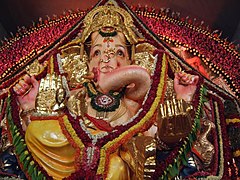
Ganesh Festival, Mumbai
| |
| Observed by | Hindus |
| Type | Religious/folk |
| Celebrations | Setting up Pandals, street processions and idol immersion |
| Begins | Bhadrapada shukla chaturthi |
| Ends | Anant Chaturdashi |
| Date | August/September |
| 2013 date | 9 September |
| 2014 date | 29 August, Friday |
| Duration | 5-7 days,10-12 days |
| Frequency | annual |
Ganesha Chaturthi (गणेश चतुर्थी) is the Hindu festival celebrated in honour of the god Ganesha, the elephant-headed remover of obstacles and the god of beginnings and wisdom. The festival, also known as Vinayaka Chaturthi, is observed in the Hindu calendar month of Bhaadrapada, starting on the shuklachaturthi (fourth day of the waxing moon period). The date usually falls between 19 August and 20 September. The festival lasts for 10 days, ending onAnant Chaturdashi (fourteenth day of the waxing moon period).
The festival involves installing clay Idols of lord Ganesh in public pandals (temporary shrines), which are worshipped for ten days with different variety of herbal leaves, plants and immersed at the end of the festival in a water(lake) along with the Idol. After adding herbal and medicated plants and leaves(patri) in lakes, the water in the lake become Hygienic. This was in practice because, in early days people used to drink lake water, and to protect people with infections and viral diseases especially in this season, this tradition was introduced. Some Hindus also install the clay images of Ganesha in their homes. It is believed that Ganesha bestows his presence on earth for all his devotees during this festival. The festival is celebrated as a public event since the days of Shivaji (1630-1680).
While celebrated all over India, it is most elaborate in Maharashtra and other parts of Western and Southern India.[1] Outside India, it is celebrated widely in Nepal and by Hindus in the United States, Canada, Mauritius,[2] Singapore, Indonesia, Malaysia, Thailand, Cambodia, Burma, Fiji, Trinidad & Tobago, and Guyana.
History[edit]
It is not known when and how Ganesh Chaturthi was first celebrated.[16] Ganesh Chaturthi was being celebrated as a public event in Pune since the times of Shivaji (1630-1680), the founder of theMaratha Empire.[16] The Peshwas, the de facto hereditary administrators of the Empire from 1749 till its end in 1818, encouraged the celebrations in their administrative seat Pune as Ganesha was their family deity (Kuladevata).[16] With the fall of the Peshwas, Ganesh Chaturthi lost state patronage and became a private family celebration again till its revival by Indian freedom fighter and social reformer Lokmanya Tilak.[16]
In 1893, Lokmanya Tilak transformed the annual domestic festival into a large, well-organized public event.[17] Tilak recognized the wide appeal of the deity Ganesha as "the god for everybody",[18][19]and popularized Ganesh Chaturthi as a national festival in order "to bridge the gap between Brahmins and 'non-Brahmins' and find a context in which to build a new grassroots unity between them", and generate nationalistic fervour among people in Maharashtra against the British colonial rule.[20][21] Tilak was the first to install large public images of Ganesh in pavilions, and also established the practice of submerging in rivers, sea, or other pools of water all public images of the deity on the tenth day after Ganesh Chaturthi.[22]
Under Tilak's encouragement, the festival facilitated community participation and involvement in the form of intellectual discourses, poetry recitals, performances of plays, musical concerts, and folk dances. It served as a meeting ground for people of all castes and communities in times when, in order to exercise control over the population, the British discouraged social and political gatherings.[23]



Happy
Ganesh
Chathurthi



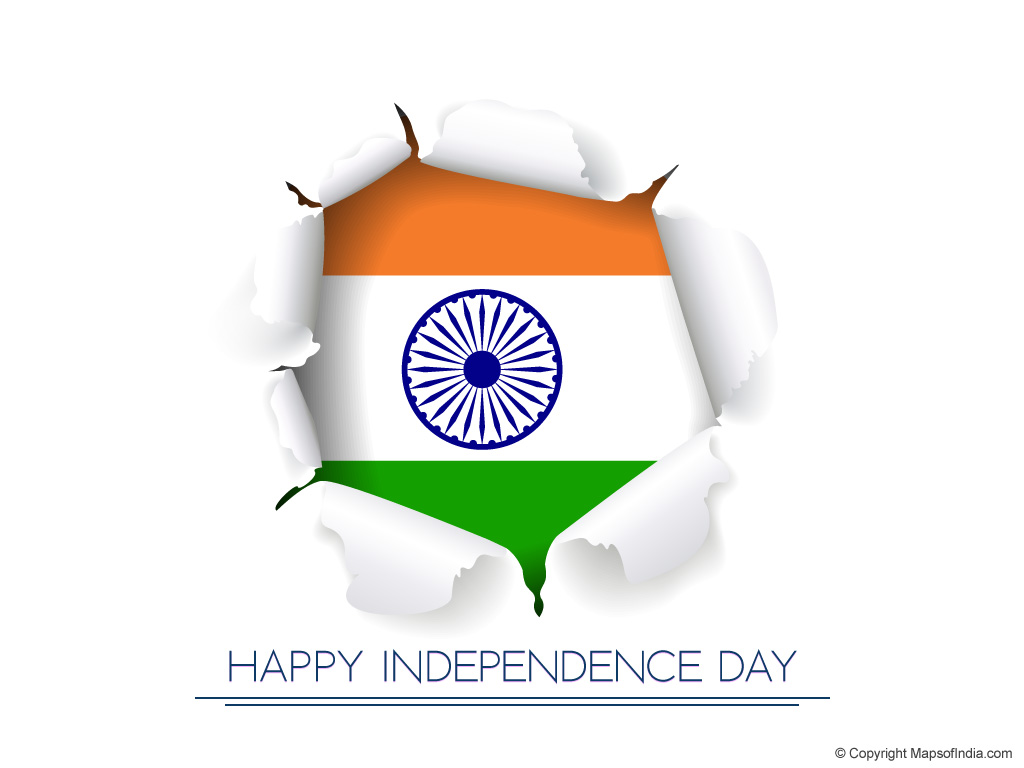
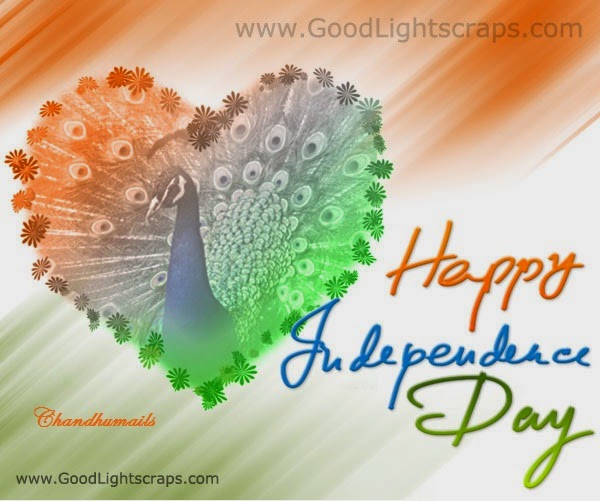
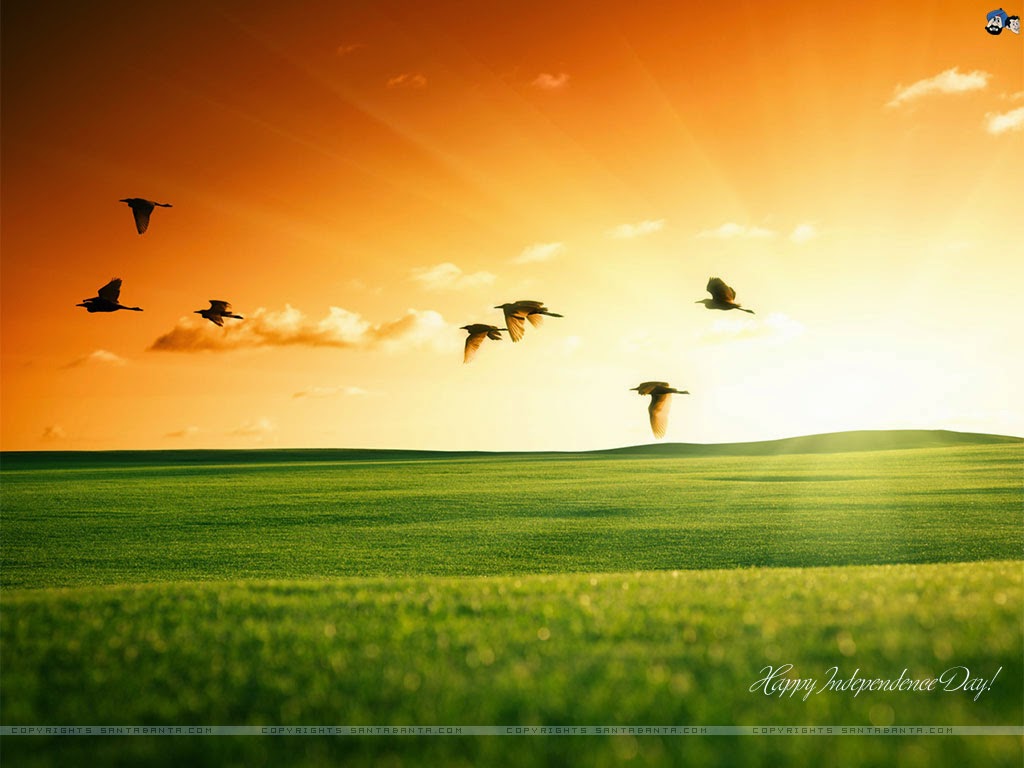


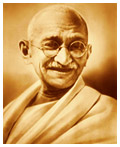
 In next few decades there were many small and big wars fought against the empire. Among these wars most prominent were the Battle of Kanpur led by Nana Shahib of Bittur, the Battle of Jhansi led by the Queen of Jhansi Rani Laxmibai and Tantia Tope, the fight of Arrah in Bihar led Kunwar Singh the landlord of Jagdishpur and the war at Lucknow led by Hazrat Begum. These battles were the indications of the discontent of the Indians against their European rulers.
In next few decades there were many small and big wars fought against the empire. Among these wars most prominent were the Battle of Kanpur led by Nana Shahib of Bittur, the Battle of Jhansi led by the Queen of Jhansi Rani Laxmibai and Tantia Tope, the fight of Arrah in Bihar led Kunwar Singh the landlord of Jagdishpur and the war at Lucknow led by Hazrat Begum. These battles were the indications of the discontent of the Indians against their European rulers.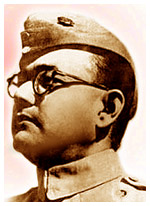 In the beginning of 1900 there were several revolutionary groups sprang up in different parts
In the beginning of 1900 there were several revolutionary groups sprang up in different parts 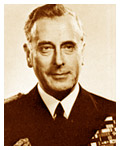 At last the day came, in the year 1947, June 3rd Viscount Louis Mountbatten, the last British Governor-General of India, declared that the British will leave the Indian subcontinent. But before leaving India they had decided to split up their Indian British Empire into secular India and Muslim Pakistan. This was done because the Muslims in India felt that their demands were not thoroughly represented by the Congress. And after the desired freedom they would not have
At last the day came, in the year 1947, June 3rd Viscount Louis Mountbatten, the last British Governor-General of India, declared that the British will leave the Indian subcontinent. But before leaving India they had decided to split up their Indian British Empire into secular India and Muslim Pakistan. This was done because the Muslims in India felt that their demands were not thoroughly represented by the Congress. And after the desired freedom they would not have 
